Why is Merino wool so superior for cycling clothing? - Sigr Science
A material that both breathes, adapts to your own body temperature, rarely needs to be washed and that feels soft against the body. It sounds almost too good to be true, but we find all this in Merino wool.
But how does this really work?
As you can guess from the name, Merino wool comes from Merino sheep. The breed is widespread in Australia, New Zealand, South Africa and South America and is well regarded precisely for its fine and soft wool.
When you think of wool, you may think of clothes that are itchy and scratchy, but this does not apply to Merino wool. It has longer and thinner fibers than other wool, which makes the material unique. The fibers settle in contact with the skin, which is why the merino wool is incredibly soft - thus it does not itch.
Wool thickness is related to itchiness!
Measuring the thickness of wool in microns is a way of measuring the fineness and softness of wool fibres. The lower the micron value, the softer the wool feels against the skin. The "Itch limit" for wool is 27 microns. In other words when wool gets above 27 microns thickness, it starts to get uncomfortably itchy!
Micron scale examples
- An ordinary human hair is about 60 microns
- Merino wool 17–23 microns
- Finer cashmere wool is between 15-19 microns
- Gotland sheep = most common in Sweden, 30-45 microns
- Jämtland sheep = 19-25 microns

What are wool ripples?
The ripple in the wool means that it is good at keeping warm, repelling cold and is good at withstanding water and moisture.
- Gotland sheep approx. ½-1 ripples per centimetre
- Fine wool at least 2 ripples per centimetre
- Merino wool - up to 40 ripples per centimetre, superior to other wool fibers.

Cashmere fabric which is actually made of goat's wool, has no ripples but is measured in gauge. Merino wool fabric can also be measured in gauge. The term refers to the number of stitches per inch. Briefly explained: the higher the number of gauge, the thinner the fabric.
Merino vs Cashmere
More Durable: Merino wool is sturdier and resists pilling more effectively.
Easier to Care for: Merino generally requires less care in washing.
The material has higher wear resistance than Cashmere.
Merino wool is naturally more elastic and durable than Cashmere, so it's often used to make activewear and base layers.
Merino effectively stops you becoming damp and sticky by allowing moisture to move away from the body. You could say that the wool breathes. This is mainly due to the fact there are many more air pockets in merino wool, which contributes to the aeration of the garment which in turn means that sweat is removed reducing odour. Merino wool is also naturally antibacterial, which means that the bacteria do not get attached to the merino wool's fibers, which means that your garment rarely needs to be washed. A handy tip is to air your Merino garment overnight instead of washing it. By doing this as often as possible, we are reducing the impact that an item of clothing has on the environment. This also makes the clothes last longer. Win win! Merino wool fibre also has a wavy structure which makes it more stretchy, this means that the garment retains its original fit longer.
But how can merino wool keep you warm when you are cold and cool when you are warm?
The sheep live in mountain environments where they must survive extreme winter cold and scorching summer heat, their wool must therefore be able to keep the sheep warm and cool.
- Merino wool has temperature-regulating properties which means it can regulate both heat and cold.
- In cold conditions, the frizzy wool fibres help to bind a layer of air that insulates against the cold.
- The air pockets in the Merino wool trap air and ensure that the body heat stays next to the body in cold weather conditions.
- You might think that it sounds a little strange to have wool clothes in the summer, but as I said, nature is aware of that with temperature regulation. Think of the sheep that walk around with a thick layer of wool most of the year! Remember, however, that the wool does not actively emit heat but it maintains the insulation. Therefore, it is a good idea to put on an extra layer during the bike break if it is chilly!
It may come as no surprise that we had to start using this natural wonder of the world in our clothing. Our Gotlandsleden Tour jacket is perfect for cooler autumn rides as well as for cold winter weather, perhaps with a base layer for when it's extra cold. The Gotlandsleden has insulating merino wool channel lining, and at this point we are aware of all the benefits of merino wool. In addition to insulating the heat when it is cold, the jacket is also wind and waterproof. Not only that, now the jacket is also available in more new colors!

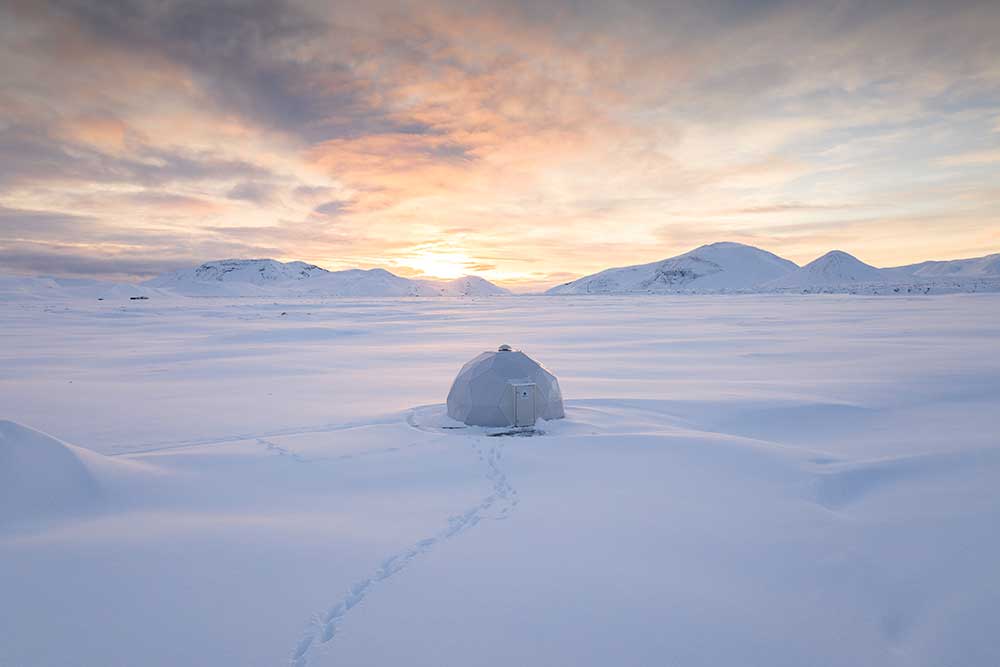

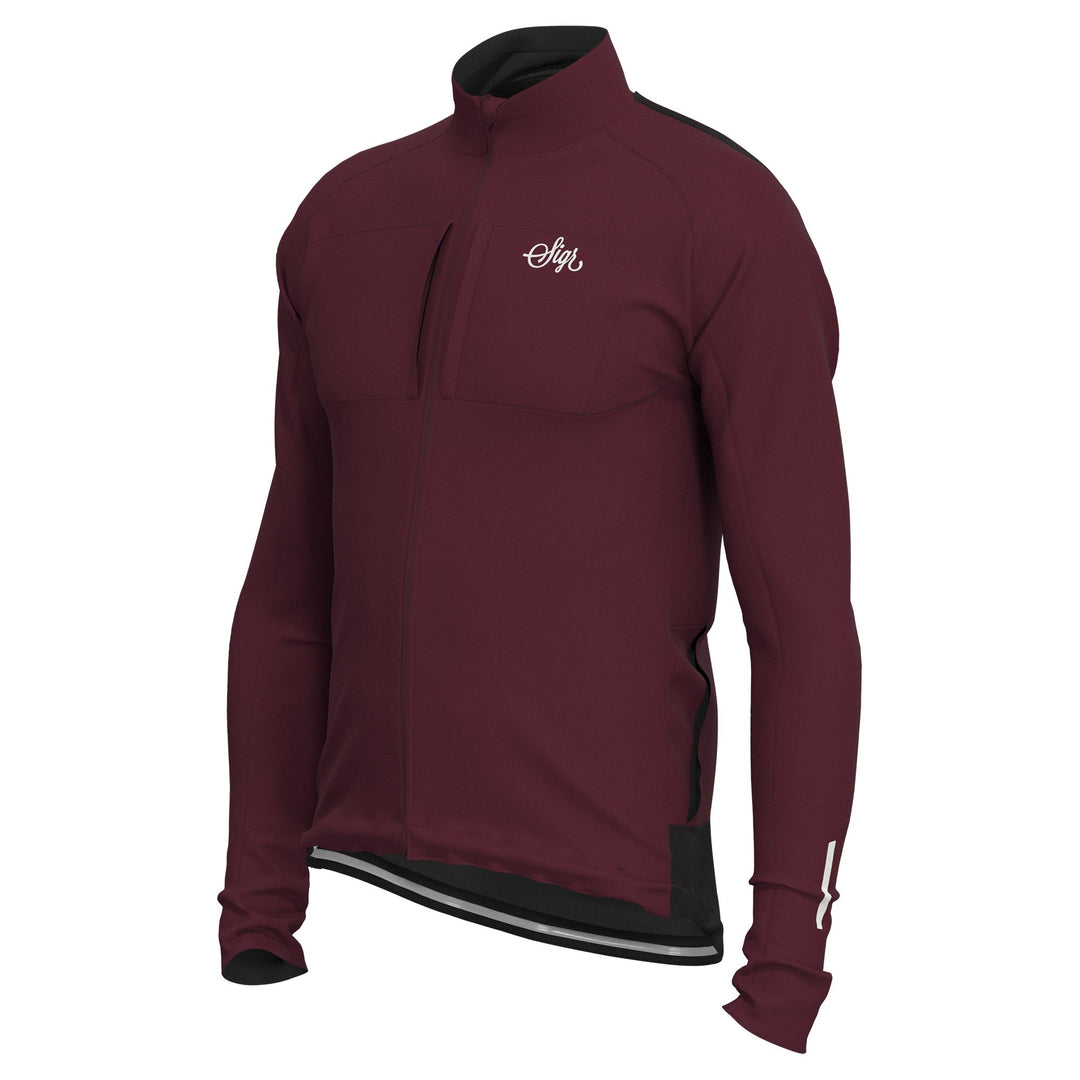

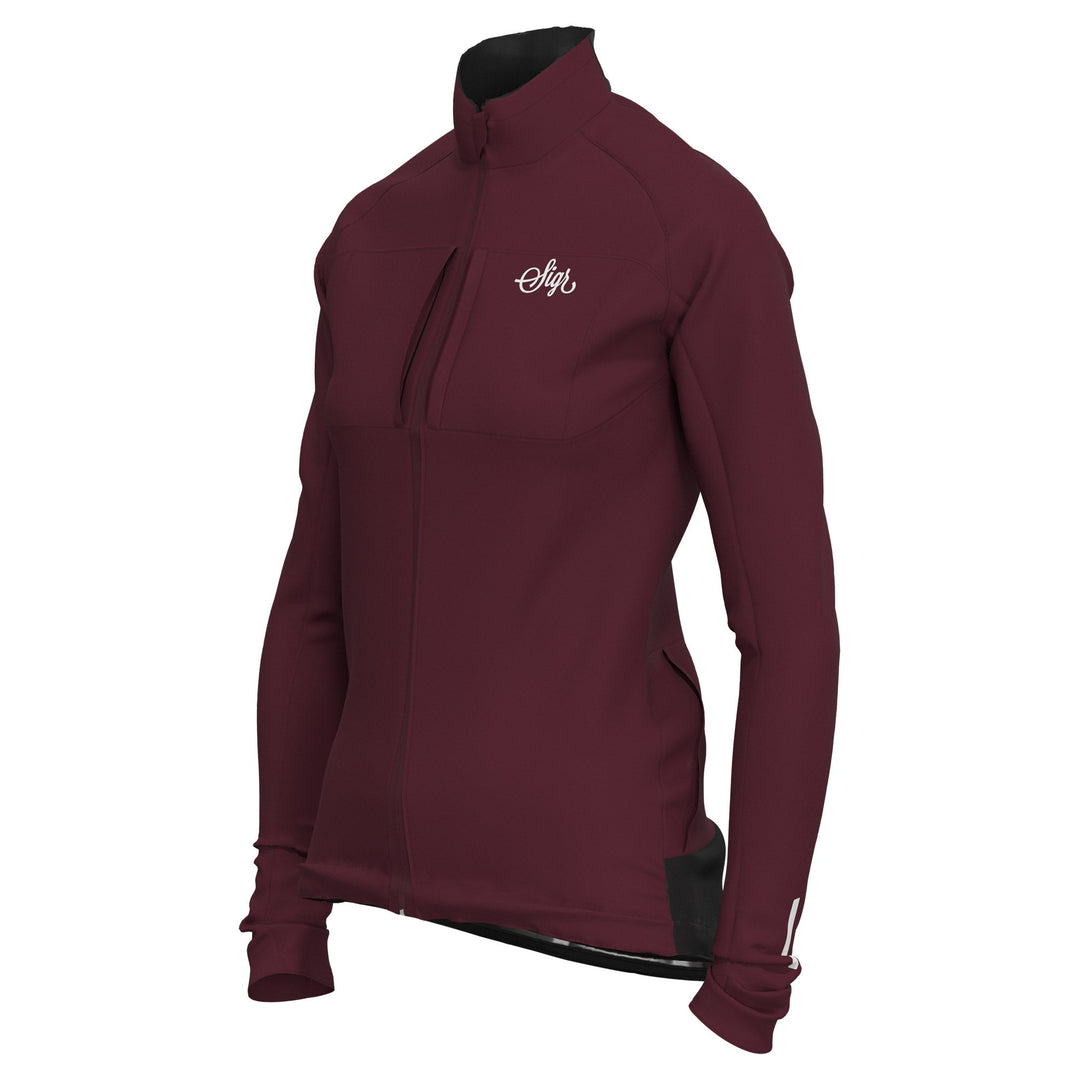

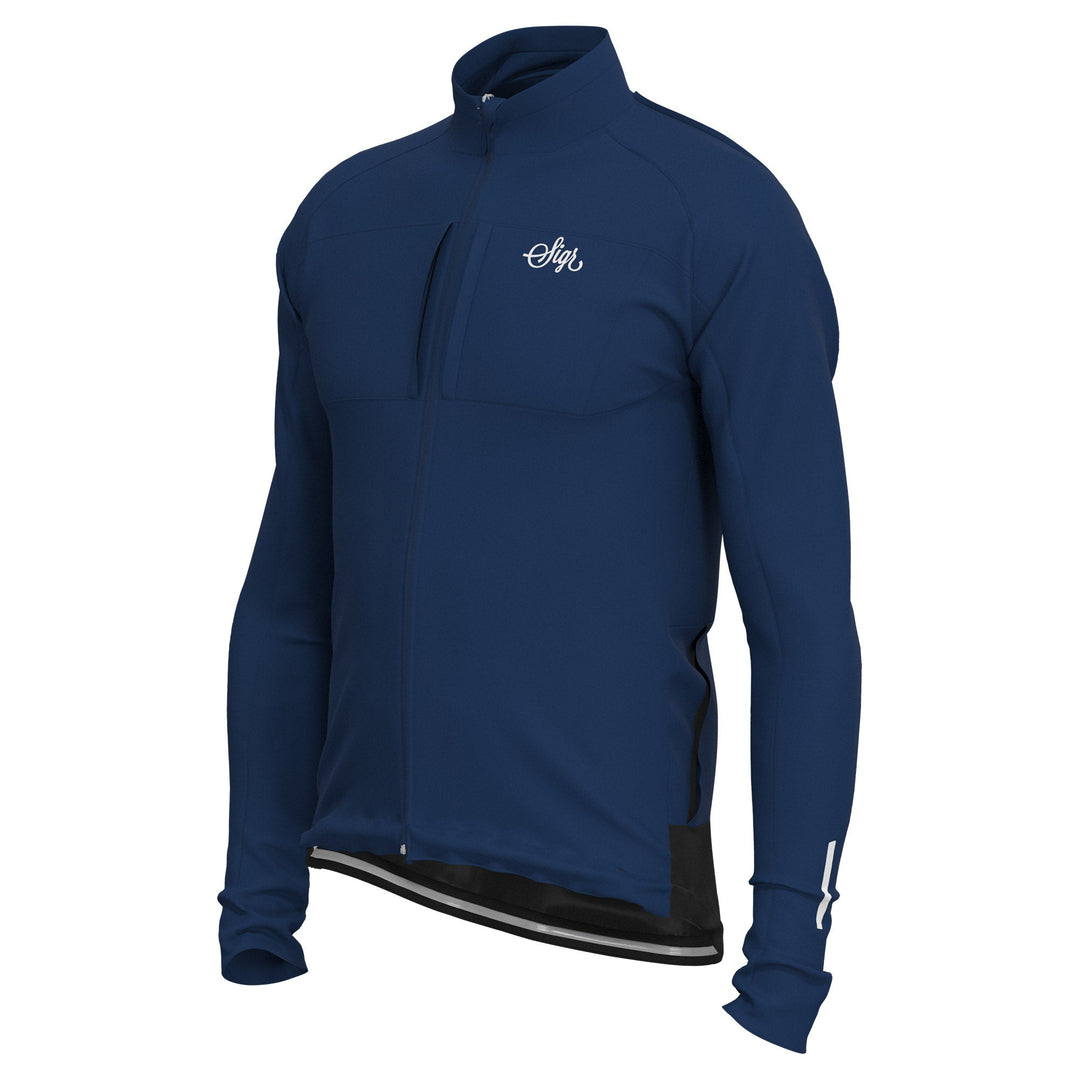

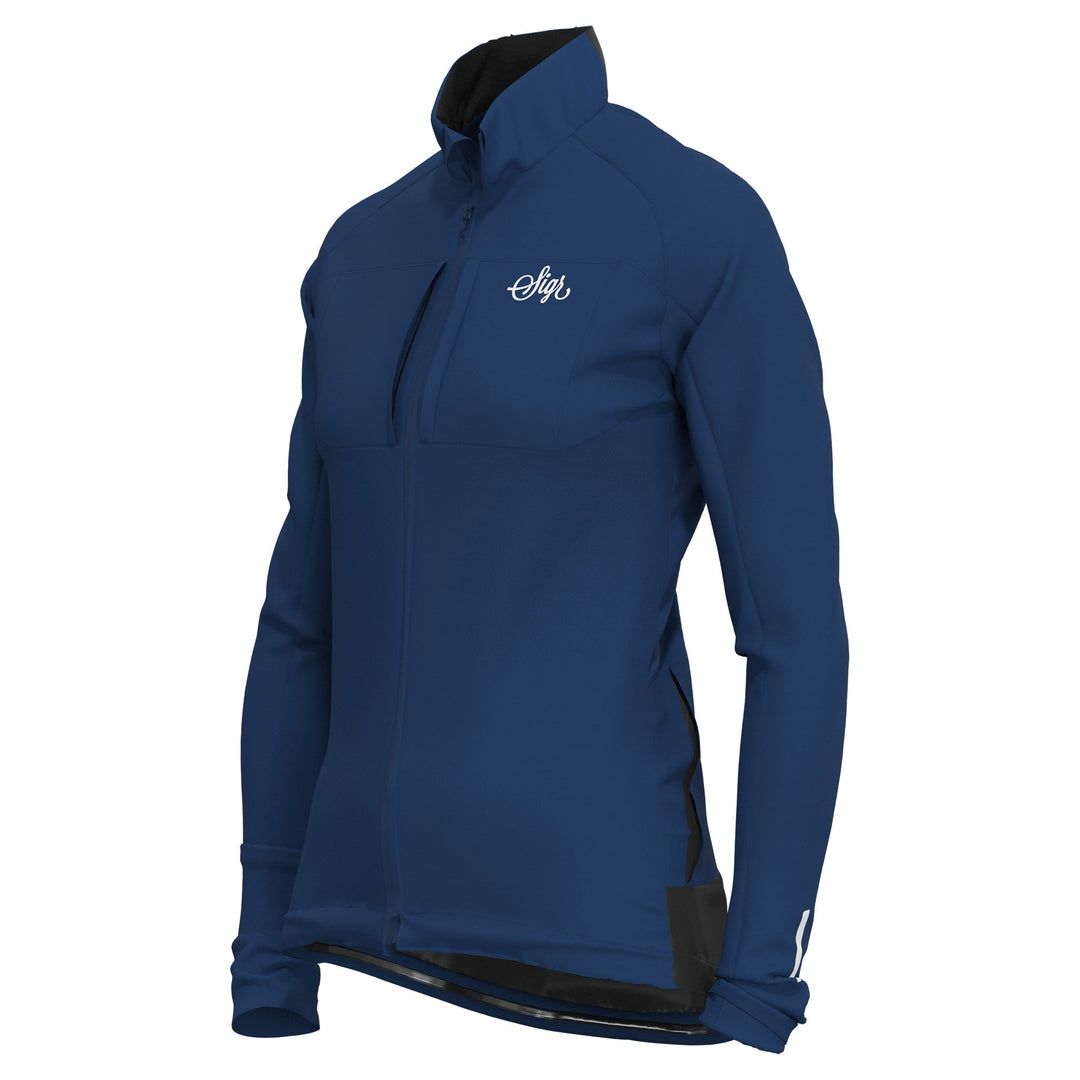
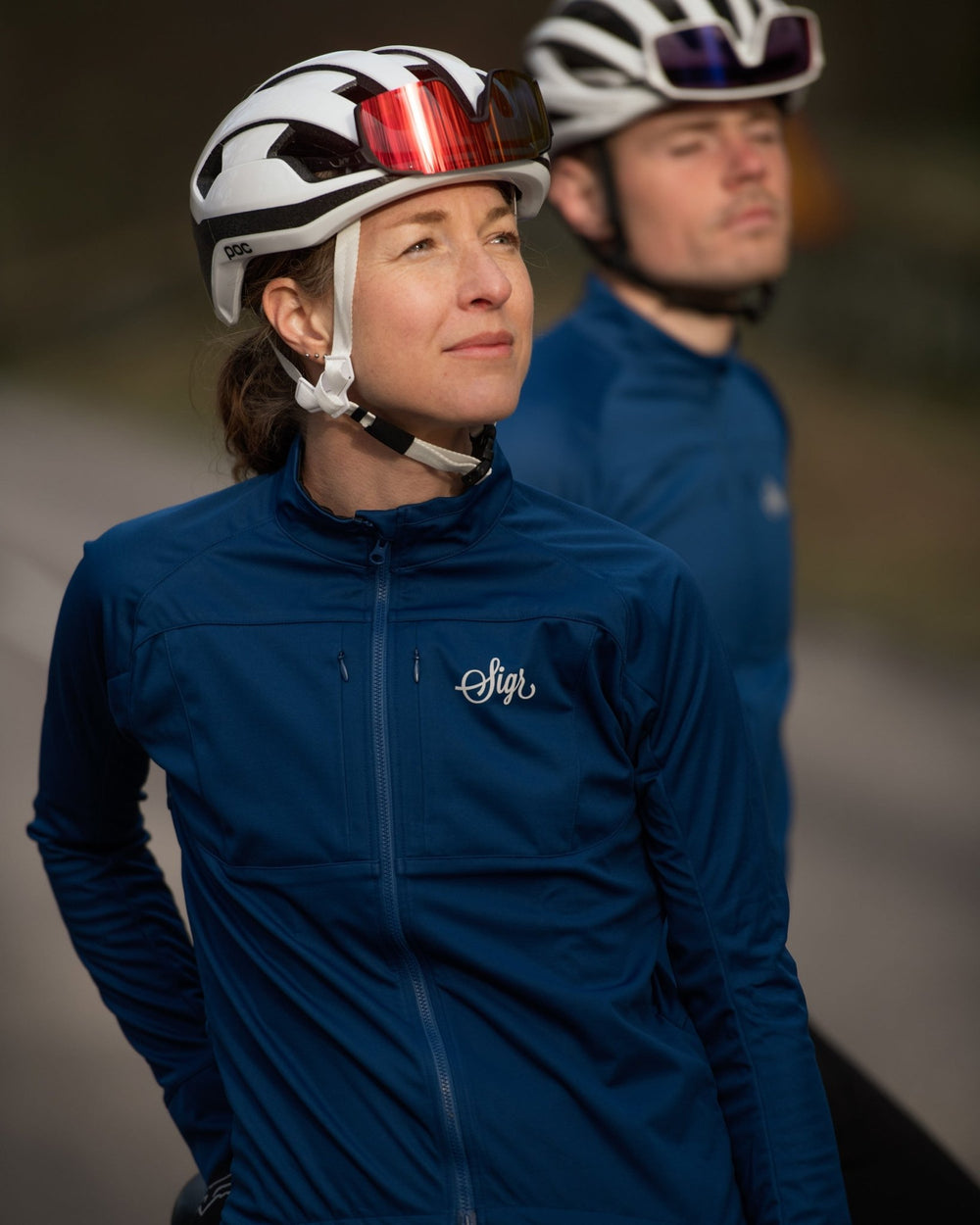
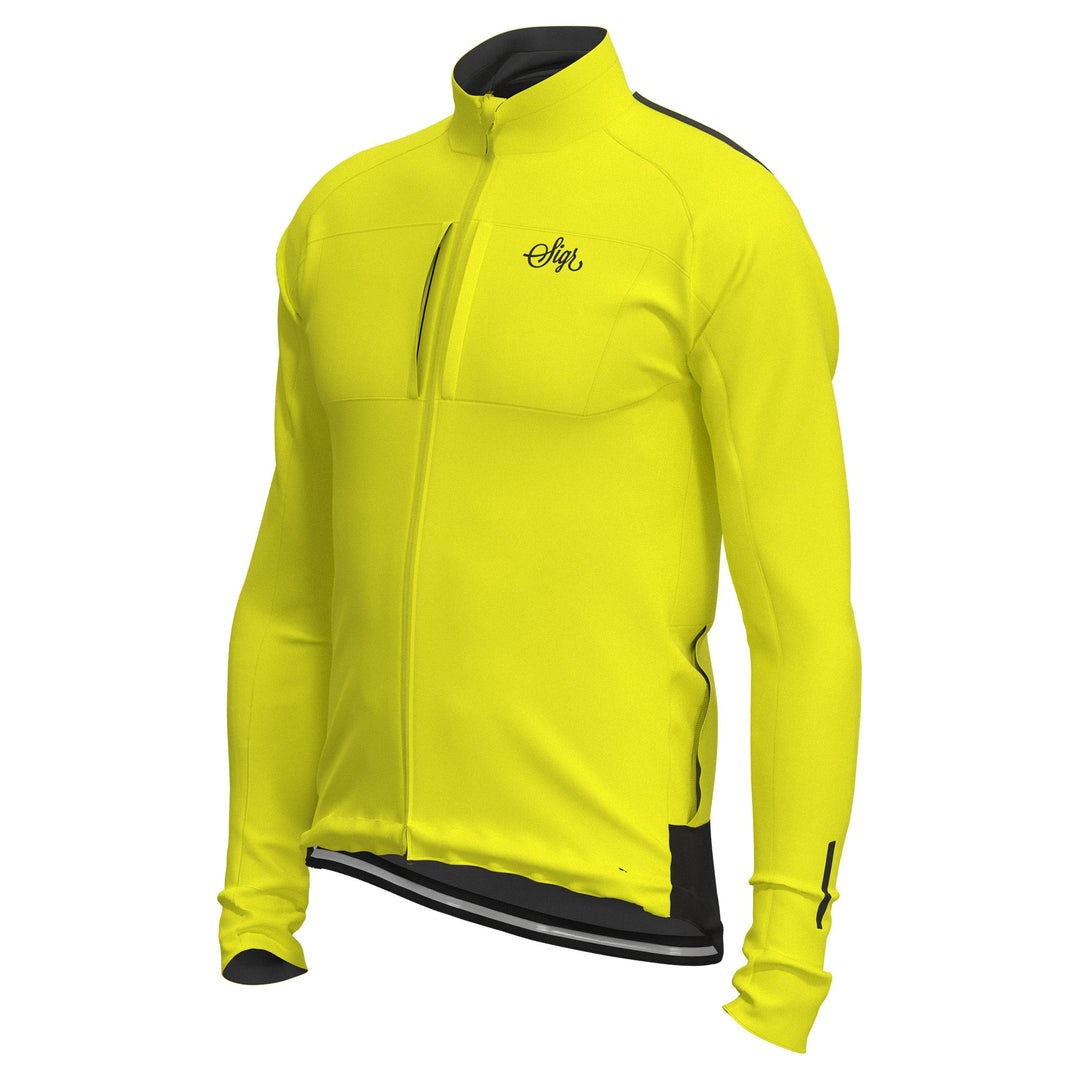

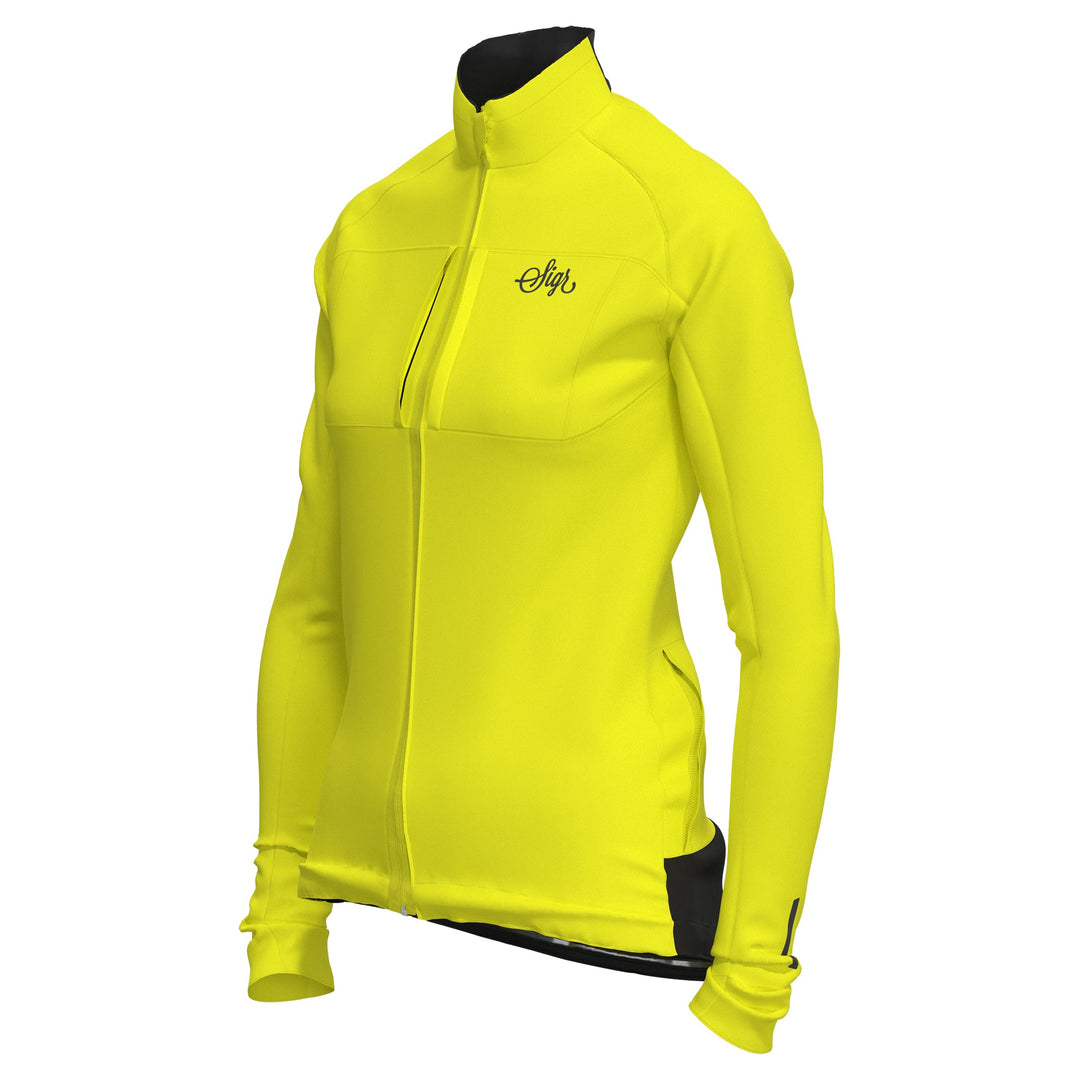
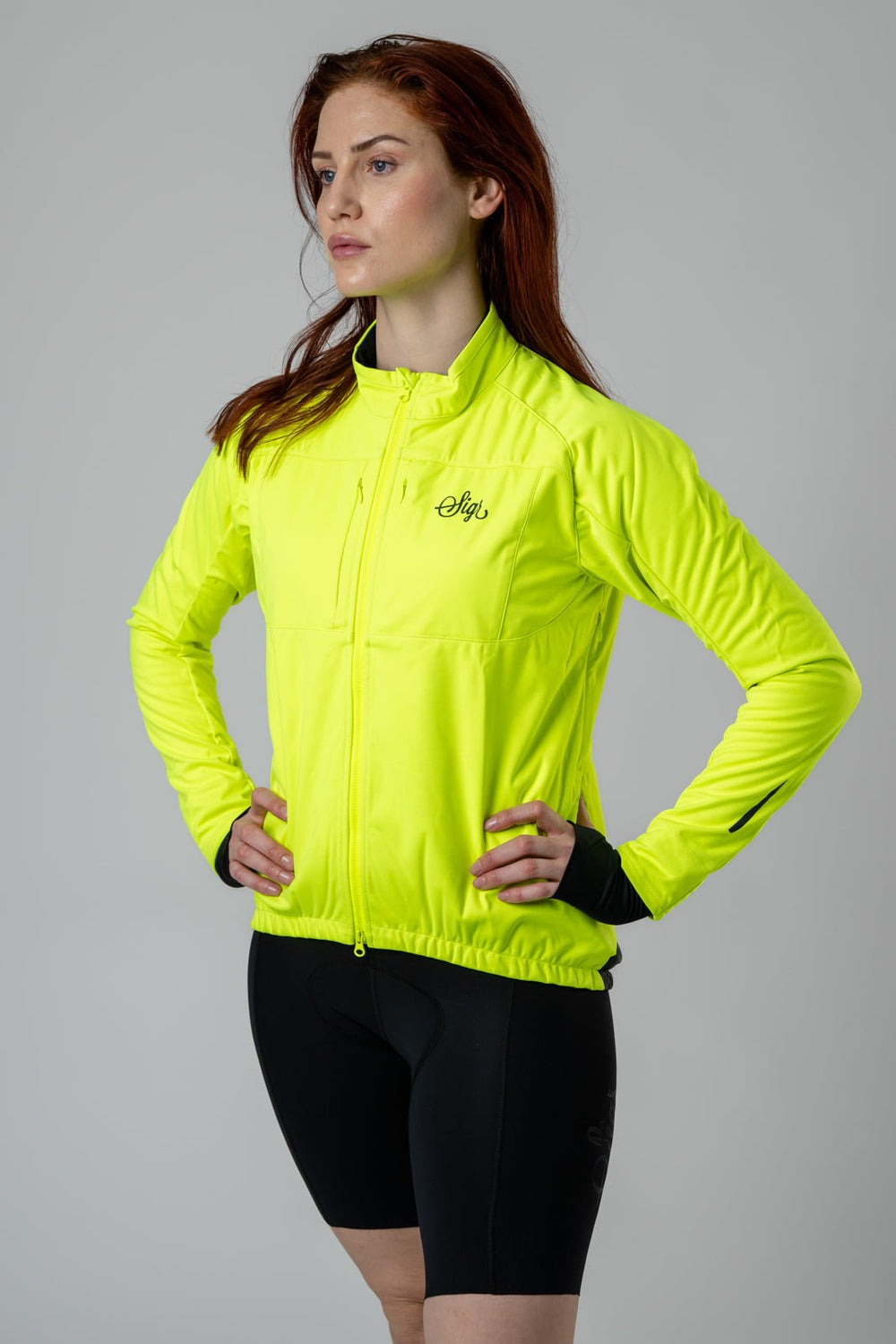
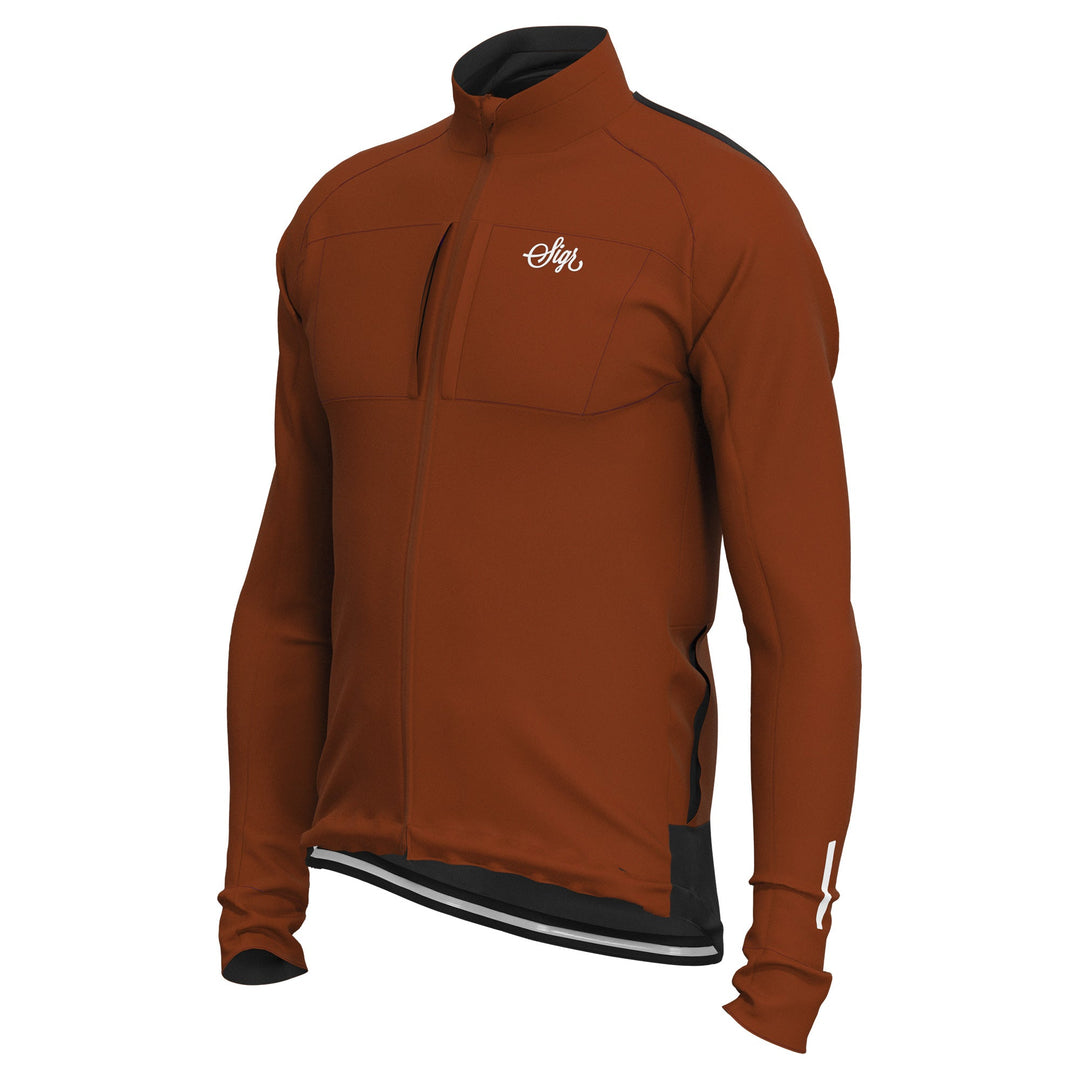
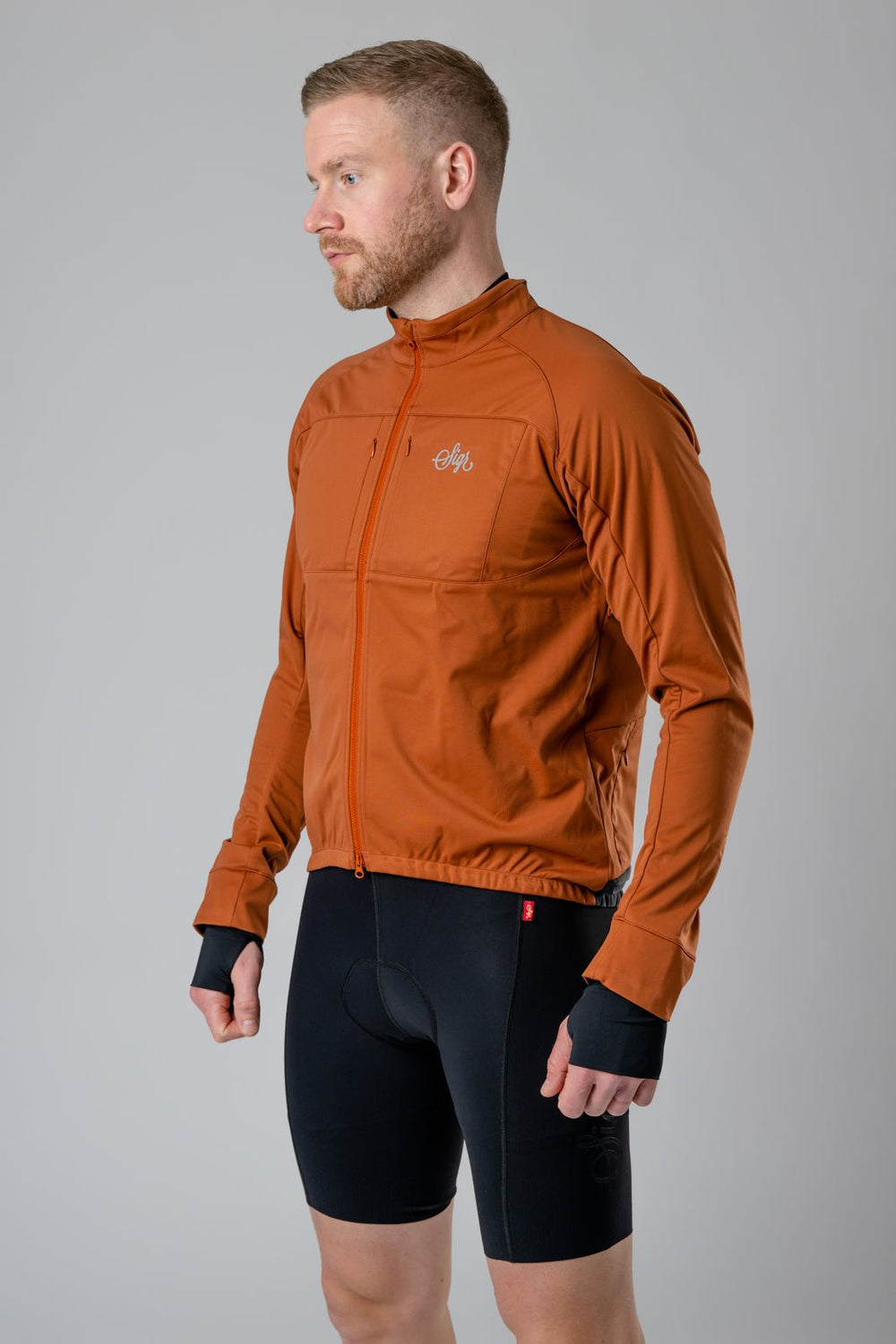
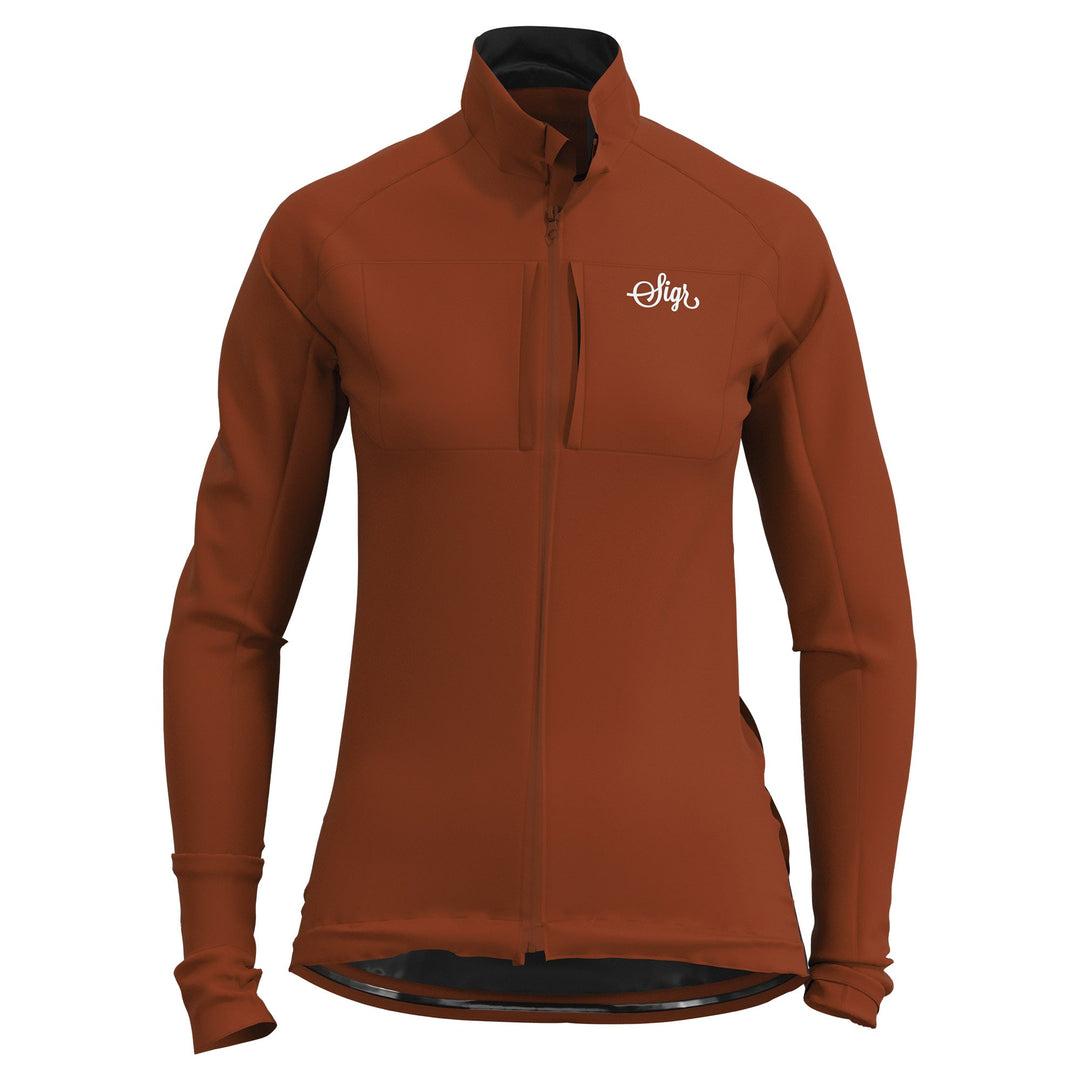

Leave a comment